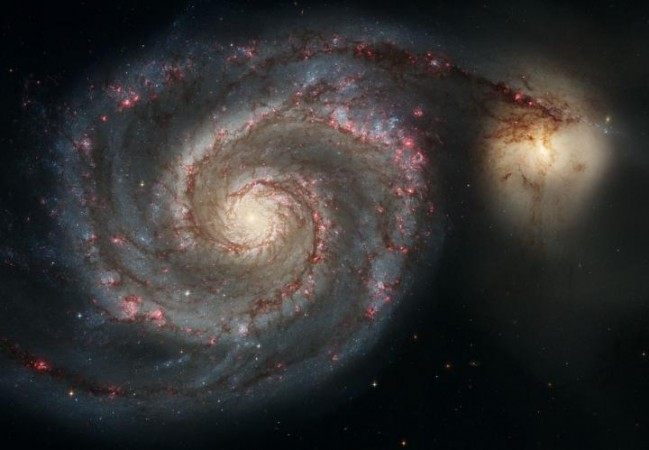The James Webb Space Telescope (JWST) developed by NASA will be used in two studies that will investigate the formation of large galaxies and the nature of dark matter in space. For the studies, the space telescope will observe the dwarf galaxies near Milky Way and Andromeda.
The JWST will serve as the official replacement of the Hubble Space Telescope. Like its predecessor, the JWST will be operated through a joint partnership between multiple agencies which includes NASA, the European Space Agency and the Canadian Space Agency.

Launch Of NASA's Newest Space Telescope
NASA and its partners are expected to officially launch their latest space telescope on March 30, 2021. Since the JWST has been equipped with more powerful and accurate instruments compared to the Hubble, the agencies are hoping that it will be able to provide more detailed information regarding the universe and its contents.
Shortly after the launch of the telescope, it will embark on a survey campaign to closely observe the dwarf galaxies near Milky Way and Andromeda. The campaign will be part of two separate studies that will be led by astronomer Roeland van der Marel of the Space Telescope Science Institute in Maryland.
Studying Milky Way's Neighbors
For the first study, the JWST will be used to observe the movement of the stars within the Sculptor and Draco dwarf galaxies near Milky Way. It will focus on how the stars' movements are affected by the gravitational pull of dark matter, which is regarded as a mysterious substance that is believed to occupy over 80% of space.
"How structures in the universe formed depends on the properties of the dark matter that comprises most of the mass in the universe," van der Marel said in a statement. "So we know there's dark matter, but we don't know what actually makes up this dark matter. We just know that there is something in the universe that has gravity and it pulls on things, but we don't really know what it is."

Understanding How Galaxies Are Formed
As for the second study, the JWST will investigate how the four dwarf galaxies around Andromeda move. Through the space telescope's observations, van der Marel and his team are hoping to see if these dwarf galaxies move within a flat plane around Andromeda or across all directions.
According to the researchers, the findings from this study will provide new information regarding the formation and growth of large galaxies. Specifically, the study aims to see if Andromeda was able to grow through the accretion and accumulation of its nearby dwarf galaxies.








